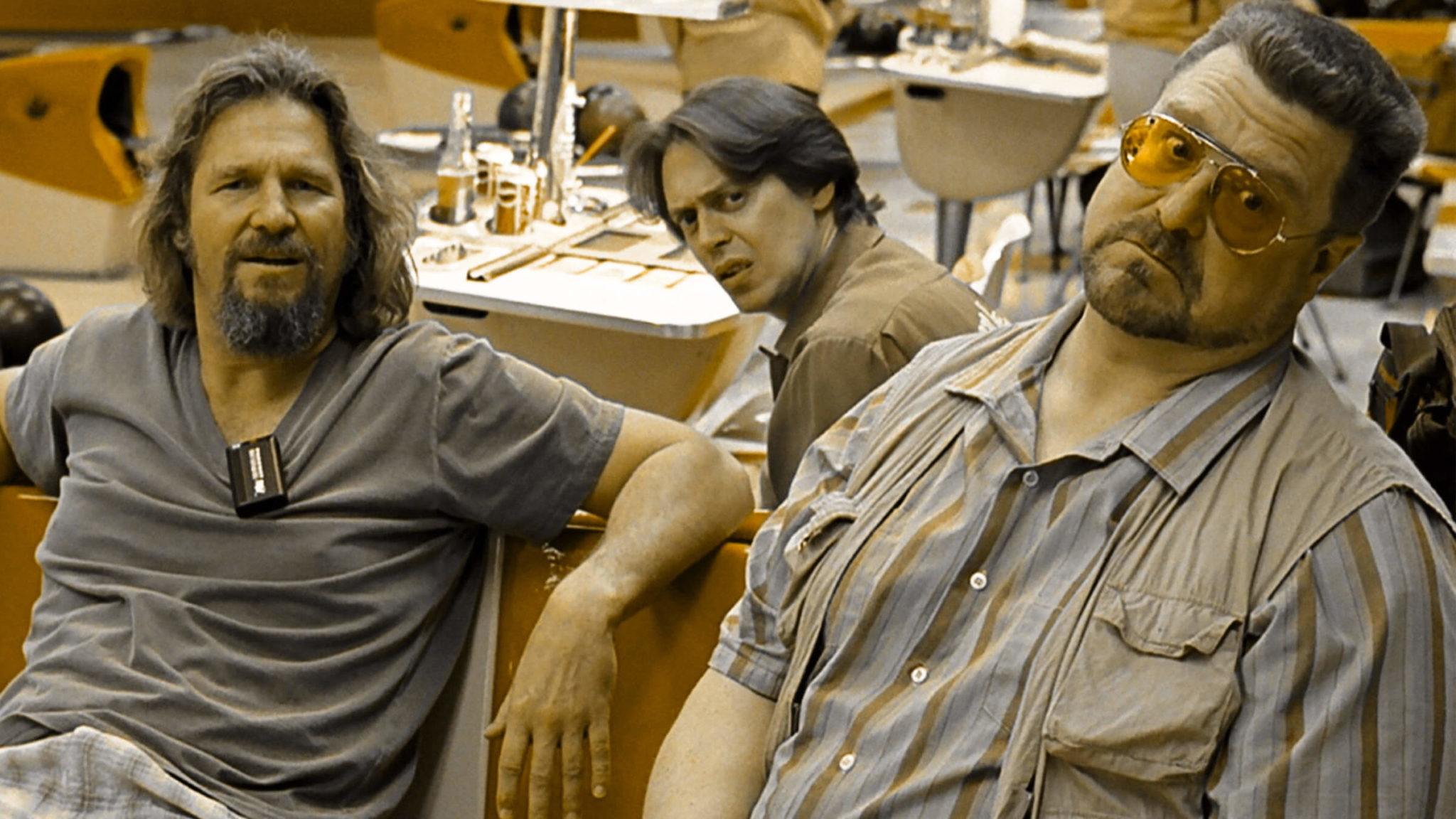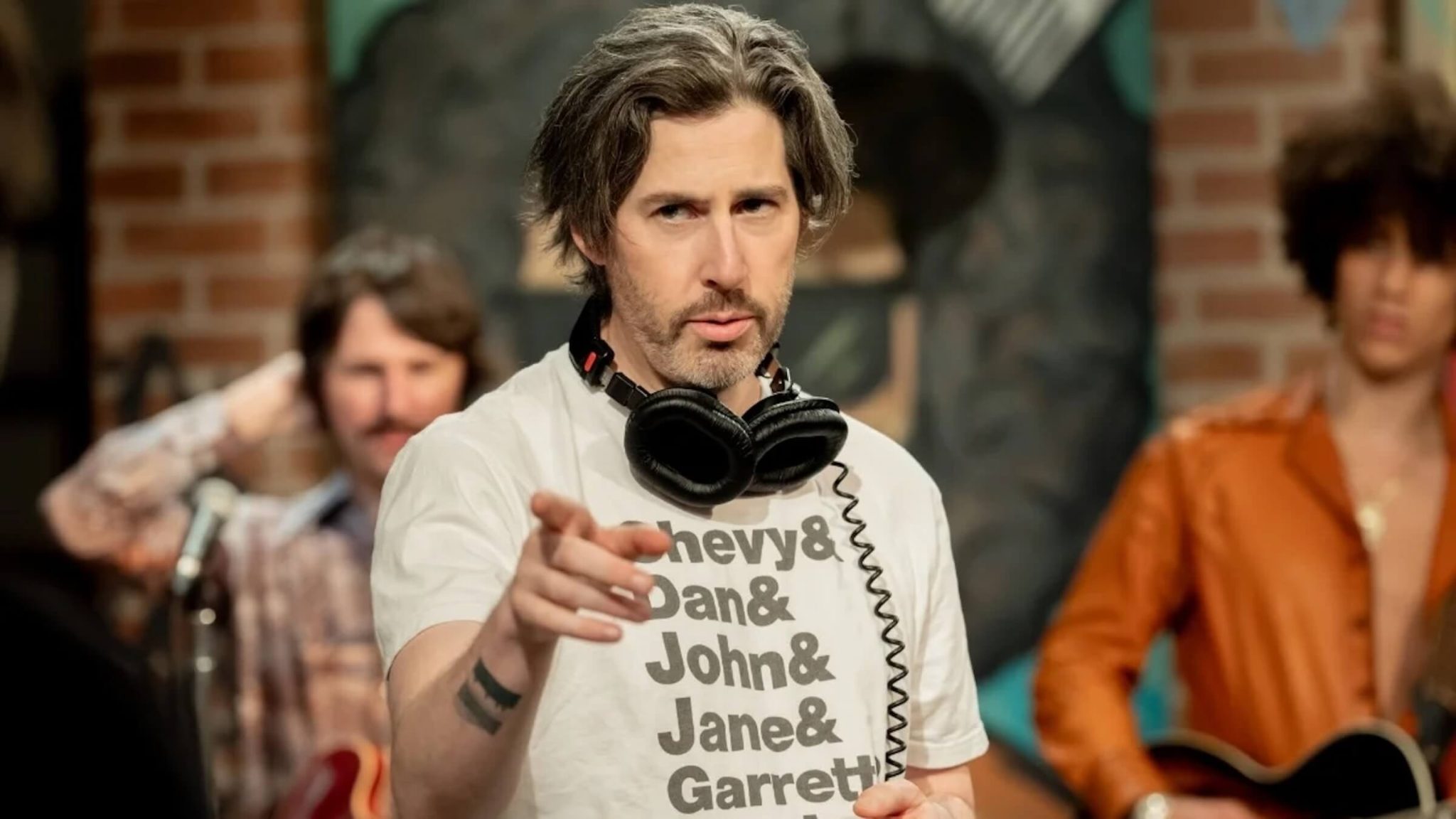3 Screenwriting Methods to Mastering Your Opening Pages

What screenwriting methods can screenwriters use to write the perfect opening pages for their screenplays?
When the topic of a screenplay's opening pages is brought up, most pundits, gurus, and insiders immediately go to the concept of "hooking" the script reader.
"You have to hook the audience."
"Your first few pages have to hook the studio reader, or they’ll toss the script aside."
"A script is only as good as its hook and ending."
We've written about this very subject.
Read ScreenCraft's How Do Screenwriters Hook the Studio Reader?
Hooks are amazing. And they are necessary to capture the attention of the script reader.
But your opening pages need so much more than a juicy hook. There are additional elements that are necessary for spec scripts — screenplays written under the speculation that they will be sold, packaged, and produced — to sell the reader on the concept, character, story, and genre. This is something that needs to be accomplished as quickly as possible before readers lose interest.
Here we cover three screenwriting methods to mastering your opening pages in your spec scripts.
1. Showcase Your Character in Their World BEFORE the Central Conflict Arrives
Most screenwriters misinterpret this tip as using the whole first act to introduce their protagonist(s) and the world they are living in. You can't waste the valuable real estate of the first 20-30 pages of your screenplay doing this. You'll lose the reader.
But you do need to showcase your character in their world before the central conflict arrives because that gives us the proper context to attribute how difficult the conflict will be for your character. And in screenwriting, conflict is everything.
In the opening pages of E.T., we see Elliott in his world. He's dealing with the divorce of his parents and never being taken seriously by his mother, brother, or his brother's friends.
This world of Elliott is captured in just two scenes. The opening moments of Elliott trying to fit in with his brother's friends, and the below moment where we learn a little bit about his mother's divorce and the effect it is having on their lives.
And one could even argue that the actual opening of the film showcases E.T. and his world before the central conflict. He's an alien being that is part of an Earth expedition to collect soil and plant samples. That's his world. He's done this on multiple planets (as shown in the spaceship's inner botany lab visuals). But the central conflict of him being left behind with humans on the lookout for him shatters his world.
Showing your character in their world is vital to the complexity of the central conflict and the character's arc.
In The Lord of the Rings trilogy, where did we begin with the central protagonist? Frodo was living the simple and merry life within The Shire, a place that knew no darkness and had no war. A few scenes later, he's confronted with the task of having to take the ring out of The Shire.
In Star Wars, we see Luke Skywalker as a simple farm boy looking to the stars in search of adventure. It isn't until R2-D2 leaves the farm that he is rocked with the action and adventure that he so longed for — begging the phrase, "Be careful what you wish for."
In The Matrix, we see "Mr. Anderson" living the life of a programmer by day and hacker by night. When he is confronted with the choice of taking the red pill or blue pill, he's thrown into the central conflict of realizing that the world as he knows it is a simulation.
In 2018's A Star Is Born, we see Ally living her regular life as a waitress who also takes care of her father. We also see the world that Jack is living in — alone and moving from one drink to the next. The central conflict and reversal are their two very different worlds colliding.
In The 40-Year-Old Virgin, we're introduced to Andy's world in the first visuals of the film. The central conflict of his co-workers wanting to help him get laid for the first time rocks his otherwise content life.
In Pretty Woman, we see the routine business life of Edward, as well as the dark and hopeless life that Vivian is leading as a prostitute. And because we've seen them in their worlds before the central conflict or reversal, we know that once their paths converge and they experience what life is like outside of their normal boundaries, things are going to get interesting.
This screenwriting method of quickly showing the protagonist in their world is necessary to elevate the central conflict of the story. Readers want and need to understand the stakes and the conflicts that the protagonist will face. It's a hook in of itself.
2. Insert Your Genre Elements Early
If you are writing a comedy and there are no hysterical moments within the opening pages, you're not preparing the reader to let loose and laugh.
If you are writing an action spectacle and there is no introductory action sequence, you're not telling the reader to buckle up and get ready for the rollercoaster ride they are about to embark on.
If you are writing a science fiction tale and there are no science fiction elements within the opening moments of your script, you're not declaring the genre of your script as every great spec script should.
Whatever genre your story is set in needs to be communicated quickly in the opening pages of your script. That is what gets the reader into the proper mood or mode for the read. The faster they know the genre, the quicker they'll set their expectations for what is to come.
While that may seem like an oversimplification of the script reading process, it's not. When the reader — script reader, judge, producer, agent, manager, development executive, director, or actor — sits down to read a script, you need to inform them what type of screenplay they'll be reading as quickly as possible because the questions that they have a trained eye for need to be answered.
What type of protagonist is it?
What is the conflict they are dealing with?
What is the genre?
What is the overall concept?
They need to know the answers to these questions to determine if the script is something they'll want to pursue. And in Hollywood, there's no time to sit back and gamble on a one to two-hour read with every script that comes across their table. If a script hasn't identified answers to these questions within the first 10-15 pages, there's a problem.
Speaking about concept...
3. Get to Your Core Concept Quickly
When you're an established screenwriter with plenty of hits under your belt, you can certainly take a little more time getting to the concept.
But we're talking specifically about the guidelines and expectations of an undiscovered writer writing on spec — and what it takes for spec scripts to get noticed.
You need to briefly introduce the character in their world to give the reader some context as to how high the stakes are once the central conflict comes.
You need to inject those genre-specific elements to showcase what genre the story falls under.
And then you need to get to the core concept (the logline) of your script as quickly as possible.
While this may not seem fair, it's a hard truth that spec scripts only have 10-15 pages to engage a reader. If your concept isn't clearly evident within 10-15 pages (earlier the better), the reader isn't going to be as invested in the overall read of the whole script.
Yes, plenty of great films have taken their time. Plenty of great films open with a stylistic slow burn. But those films are often directed by seasoned professionals and written by experienced screenwriters with a proven track record.
In the spec script market, you have to get to the heart of it all — characters, genre, concept — quickly. You have to answer those key questions that the reader is trained to have floating in their mind.
What type of protagonist is it?
What is the conflict they are dealing with?
What is the genre?
What is the overall concept?
And the answers to those questions will quickly determine if the script is right for them or not.
In a perfect world, every script would be given the two-hour consideration they deserve. But screenwriters need to come down from the clouds with realistic expectations. Once you accept the laws of the land, no matter how unfair they may seem, you can work the system and use that knowledge to write spec scripts that capture the attention of those that hold the keys to your needs, wants, and dreams.
Ken Miyamoto has worked in the film industry for nearly two decades, most notably as a studio liaison for Sony Studios and then as a script reader and story analyst for Sony Pictures.
He has many studio meetings under his belt as a produced screenwriter, meeting with the likes of Sony, Dreamworks, Universal, Disney, Warner Brothers, as well as many production and management companies. He has had a previous development deal with Lionsgate, as well as multiple writing assignments, including the produced miniseries Blackout, starring Anne Heche, Sean Patrick Flanery, Billy Zane, James Brolin, Haylie Duff, Brian Bloom, Eric La Salle, and Bruce Boxleitner. Follow Ken on Twitter @KenMovies
For all the latest ScreenCraft news and updates, follow us on Twitter, Facebook, and Instagram.
Tags
Get Our Screenwriting Newsletter!
Get weekly writing inspiration delivered to your inbox - including industry news, popular articles, and more!




























